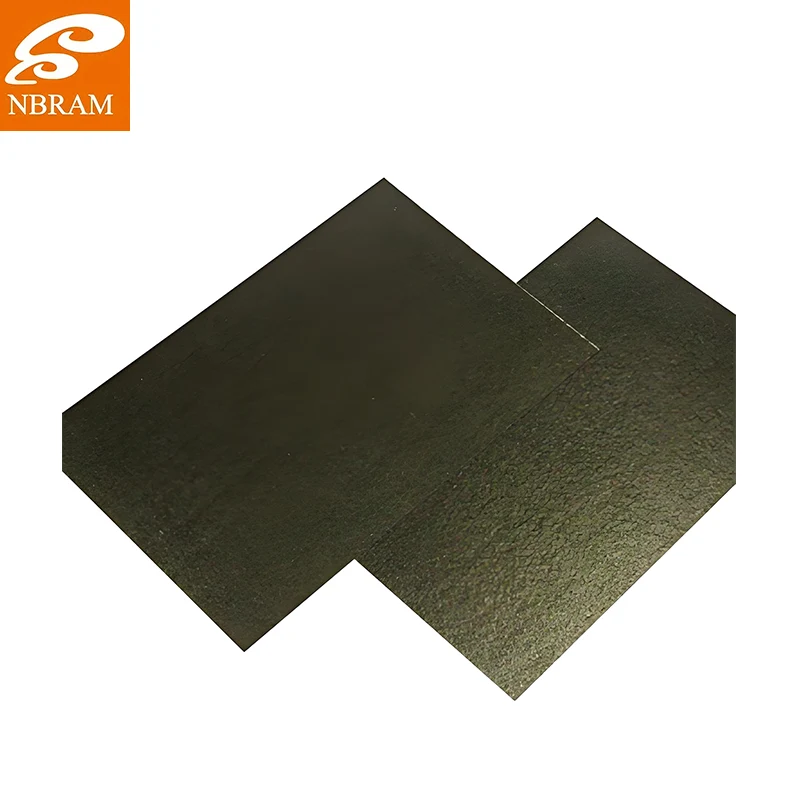If you're seeking reliable insulation solutions for high-temperature equipment, NBRAM's phlogopite mica plate series deserves serious consideration. This material maintains stable insulation performance even in continuous 900°C high-temperature environments, making it particularly suitable for metallurgical kilns, glass processing equipment, and aerospace thermal protection systems. Compared to ordinary muscovite, its heat resistance improves by over 30% with better thermal shock resistance. Customer feedback shows our phlogopite plates last 40% longer than similar products in aluminum electrolytic cell insulation layers. When procuring high-quality mica plates, we recommend choosing suppliers like NBRAM with complete quality control systems.
In practical steel furnace viewing window applications, NBRAM's phlogopite mica plate perform exceptionally—remaining intact after 15,000+ hours of continuous use, significantly outperforming traditional materials. The secret lies in their unique layered structure, effectively resisting molten metal splashes and sudden temperature changes. An aerospace enterprise uses them as thermal barrier materials, maintaining stable thermal conductivity around 0.55W/m•K during re-entry extreme conditions. More remarkably, this material demonstrates exceptional resistance to fluorides, particularly valuable in aluminum smelting where ordinary materials quickly deteriorate in corrosive atmospheres.
Taking NBRAM's phlogopite mica plate: density ranges 2.75-2.95g/cm³, available thicknesses from 0.2mm to 5mm with tight tolerance control within ±0.025mm. During high-temperature testing, dielectric strength remains above 20kV/mm at 900°C, with volume resistivity exceeding 10¹²Ω•cm. The thermal expansion coefficient of 7.2×10⁻⁶/℃ closely matches most metals, reducing thermal stress. Standard sizes include 400×600mm, 600×900mm, with waterjet cutting available. Bend strength maintains over 95MPa at 800°C.
We implement strict control from material selection, using only high-quality phlogopite ore with certified magnesium content. Through unique magnetic separation, iron impurities are kept below 0.75%, 20% better than industry standards. Our ultrasonic-assisted layering technology preserves complete crystal structure—key to product consistency.
The bonding process uses specially formulated high-temperature silicone resin cured at precisely 380℃. Our engineers determined this temperature range achieves optimal integration between resin and mica through extensive experimentation. The final heat treatment at 850℃ for two hours proves crucial—effectively preventing outgassing during service.
Beyond routine electrical tests, we employ infrared thermography to detect potential delamination defects. Each batch undergoes 20 thermal cycles (room temperature to 900℃) ensuring field reliability. Notably, we provide detailed thermogravimetric analysis reports for each client—invaluable data for engineering design.
